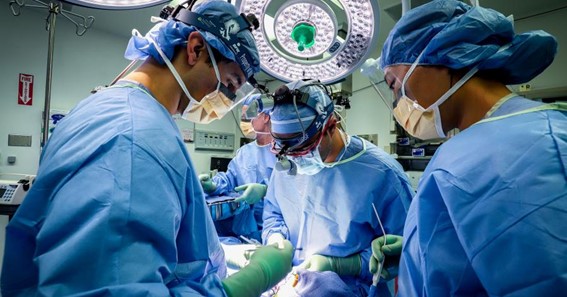Oral and Maxillofacial Surgery (OMS) is a medical specialty that focuses on diagnosing, treating, and managing conditions and diseases affecting the mouth, jaws, face, and neck. Over the years, OMS has seen significant advances in technology and techniques that have improved patient outcomes and enhanced the quality of care. This blog will explore recent advances in oral and maxillofacial surgery.
Virtual Surgical Planning
Virtual Surgical Planning (VSP) technology allows surgeons to plan and simulate surgical procedures on a computer before performing them in real life. This technology has become increasingly popular in OMS because it provides an accurate and precise way to plan complex surgical procedures, such as orthognathic and facial reconstruction. Using VSP, surgeons can create a 3D model of a patient’s anatomy and use it to plan the surgical approach, including the placement of implants and the precise cutting of bones. This technology reduces the risk of complications during surgery and leads to better patient outcomes and faster recovery times.
Robotic Surgery
Robotic surgery is another advanced technology that is being used in OMS. This technology uses robots to perform surgical procedures with high precision and accuracy. Robotic surgery has been used in OMS for various procedures, including dental implant placement, jaw reconstruction, and tumor removal. Robotic surgery has several advantages over traditional surgery, including reduced surgical time, smaller incisions, and less scarring. Additionally, because a surgeon controls the robot, it allows for greater dexterity and range of motion, leading to better patient outcomes.
3D Printing
3D printing is another technology that is being used in OMS. 3D printing allows surgeons to create custom implants, prosthetics, and surgical guides tailored to patients’ needs. 3D printing is particularly useful in complex cases where traditional surgical approaches may not be feasible. For example, 3D printing has been used to create customized implants for patients who have suffered traumatic injuries to their jaw or face. This technology improves patient outcomes and reduces the time required for surgical planning and implant fabrication.
Click Here – The Complete Guide to Finding the Perfect House Cleaning Service in Seattle
Platelet-Rich Plasma Therapy
Platelet-rich plasma (PRP) therapy is a cutting-edge treatment used in OMS to promote tissue healing and regeneration. PRP therapy involves taking a sample of a patient’s blood, processing it to concentrate the platelets, and injecting the platelet-rich plasma into the surgical site. Platelets are cells rich in growth factors and other proteins that stimulate tissue repair and regeneration. By injecting PRP into the surgical site, surgeons can accelerate the healing process and reduce the risk of complications, such as infection and delayed wound healing.
Laser Surgery
Laser surgery is another advanced technique that is being used in OMS. Lasers are highly precise and can perform various procedures, including soft tissue surgery, bone cutting, and tumor removal. Laser surgery has several advantages over traditional surgical approaches, including reduced bleeding, less pain, and faster recovery times. Additionally, because lasers can be used to target tissues selectively, they can be used to perform surgery in areas that are difficult to access with traditional surgical instruments.
Conclusion
OMS is a rapidly advancing field that has seen significant advances in technology and techniques in recent years. Virtual surgical planning, robotic surgery, 3D printing, platelet-rich plasma therapy, and laser surgery are just a few of the many advancements that have improved patient outcomes and enhanced the quality of care. As technology continues to evolve, we’ll likely see even more exciting developments in OMS in the future.
Author Bio:
Name: Rafia Khawar
Current Title: Project Coordinator and CRM
Biography:
Rafia Khawar is a highly skilled content editor and writer, dedicated to delivering compelling and engaging written material. With a passion for language and a meticulous eye for detail, Rafia consistently produces high-quality content across various topics and formats. Her ability to research, organize, and communicate complex information clearly and concisely sets her apart. As a driven professional, Rafia continuously seeks to expand her knowledge and refine her craft to provide valuable content that captivates readers. To learn more about Rafia’s work and connect professionally.
LinkedIn profile: https://www.linkedin.com/in/rafia-khawar-35724b212/.






